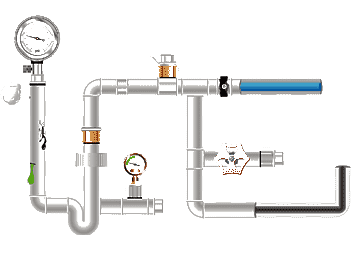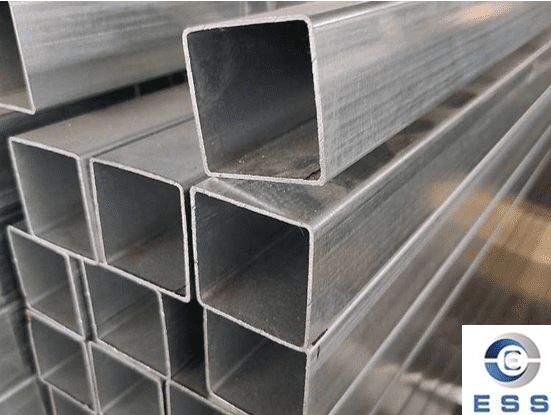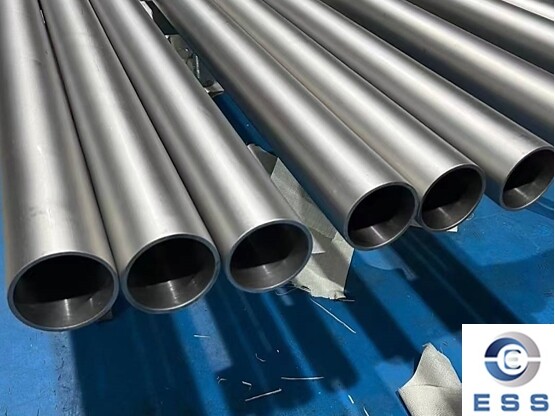Hollow steel
sections (HSS) can be divided into square tubes (SHS
steel) and round tubes (CHS
steel) according to their shapes. The main difference between square
and round tubes lies in their shape and application.
In comparison, square tubes are stronger.
However, in some specialized fields, such as fluid transport, round pipes offer
higher transport efficiency and better transport effects. The appropriate steel
pipe should be selected based on the application requirements. Let's examine
the differences between round and square tubes.
SHS Steel Advantages
1. Structural Integrity
Square tubes possess excellent rigidity and
bending resistance, making them ideal for structural applications requiring
load-bearing capacity.
2. Ease of Machining
The flat surface of square tubes
facilitates easy processing, allowing for precise cutting, welding, and
joining.
3. Stability
Due to their shape, square tubes offer
stable support, making them ideal for buildings and machinery where stability
is critical.
4. Industrial Appeal
Square tubes' robust appearance makes them
suitable for industrial applications requiring a robust and durable look.
CHS Steel Advantages
1. Durability
Round tubes, due to their uniform stress
distribution, are ideal for high-pressure and high-stress applications.
2. Efficient Fluid Flow
The circular shape of round tubes allows
for efficient flow of liquids and gases, reducing resistance and minimizing
pressure drop.
3. Versatility
Round tubes have a wide range of
applications, from piping and automotive to furniture and industrial.
4. Aesthetics
The smooth, flowing appearance of round
tubes adds a modern and stylish touch to any project, making them a popular
choice for design and decorative applications.
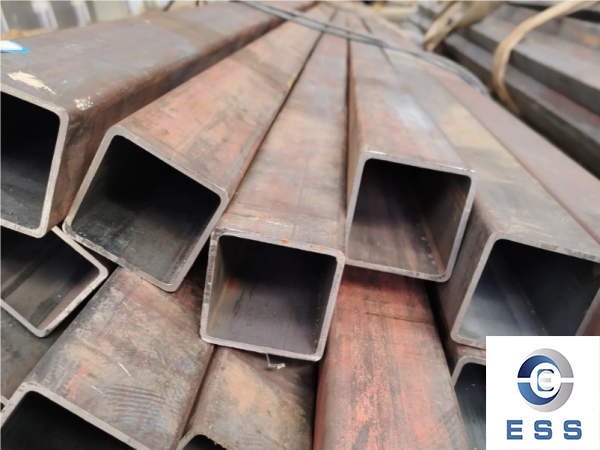
SHS Steel vs. CHS Steel
1. Properties
SHS steel: Square hollow cross-section
CHS steel: Circular hollow cross-section
2. Shape
SHS steel: Square cross-section (4 straight
sides, 90° angles)
CHS steel: Circular (smooth, curved
perimeter).
3. Common Size
SHS steel sizes: Typically 20×20 mm to 500x500 mm.
CHS steel sizes: Typically diameters from
20 mm to over 600 mm.
4. Strength and Load Distribution
SHS steel: Due to its rigid corner design,
it can withstand higher bending and torsional loads. Under impact or cyclic
loading, stress concentrates at the corners.
CHS steel: Suitable for axial
(compressive/tensile) loads and uniform pressure (e.g., fluid transport). Its
smooth shape evenly distributes stress, reducing stress concentration.
5. Aerodynamics and Flow
SHS steel: Due to its angular shape, it has
higher wind resistance. Not suitable for fluid flow (e.g., ducts).
CHS steel: Lower wind resistance (ideal for
aerodynamic designs). Commonly used for ducts, columns, or structures exposed
to wind/water environments (e.g., offshore platforms).
6. Manufacturing
SHS
steel manufacturing: Connections require
beveling, fillet welding, or special connectors. Corner deformation is easily
caused when bending.
Manufacturing of CHS steel: Easier to bend
or shape (maintaining a round shape). Connections can be simpler (e.g., socket
welding, flange connections).
7. Applications
SHS steel applications: Structural beams,
columns, and supports in buildings; machinery frames, agricultural equipment,
and fencing; architectural features (e.g., square railings, decorative
elements).
CHS steel applications: High-pressure
pipelines (water, gas); offshore structures, wind turbines, and offshore
towers; automotive exhaust systems, bicycle frames, and scaffolding.
SHS Steel vs. CHS Steel: Which is stronger?
1. Bending Strength
Because each section of a round tube has
equal strength, it resists forces applied from any direction better, providing
better overall strength.
Square tubes are more stable under
longitudinal loads because they bend at smaller angles than round tubes.
2. Compressive Strength
For the same steel weight, round tubes have
approximately 20% higher compressive strength than square tubes.
Square tubes have a more uniform strength
distribution, making them superior to round tubes in longitudinal stress.
3. Tensile Strength
Due to the structural differences between
square and round tubes, they also differ significantly in tensile strength.
The strength of a round tube is mainly
concentrated around its perimeter, while a square tube possesses tensile
strength in all four directions.
Therefore, square tubes are more suitable
than round tubes for longitudinal or transverse tension.
SHS Steel vs. CHS Steel: How to Choose?
1. Choose Square Tubes
Square tubes may be the better choice if
your application requires:
High structural stability (e.g., building
beams, columns, mechanical supports);
Easy weldable and easy-to-install
structural connections;
A clean appearance or geometric design.
2. Choose Round Tubes
Round tubes may be the better choice if
your application requires:
Fluid transport systems or pressure
vessels;
Exposure to wind and water, requiring low
resistance and uniform stress;
Dynamically stressed structures, such as
towers, scaffolding, and vehicle structural components.
FAQ
1. What are The Properties of CHS Steel?
CHS steel has uniform stress distribution
and strong compressive, tensile, and torsional resistance.
It has low wind resistance, high fluid flow
efficiency, and an aesthetically pleasing appearance, making it commonly used
in pipelines, towers, scaffolding, and automotive structures.
2. How is SHS Steel Made?
SHS steel is typically manufactured through
cold forming and welding or hot rolling processes.
Steel strip is first rolled into a round
tube, welded, and then pressed into a square cross-section.
Hot-rolled SHS has higher strength, while
cold-formed SHS offers more precise dimensions.
Summary
In summary, square and round tubes differ
in strength. Generally, square tubes offer better stability and tensile
strength under longitudinal or transverse loads, while round tubes are more
suitable for compressive loads. Therefore, selecting the appropriate pipe
material requires consideration of the specific application scenario and
load-bearing requirements.
Read more: SHS steel meaning or What is the difference between square tube and rectangular tube?









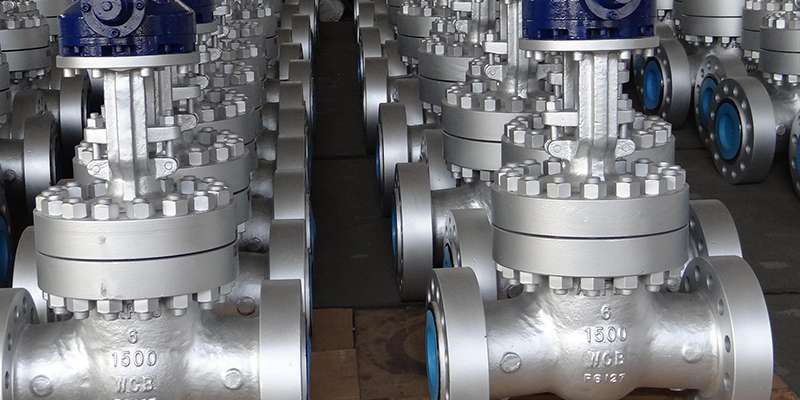



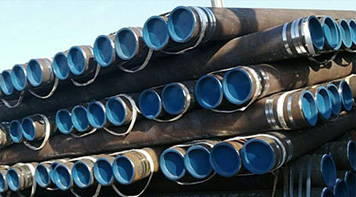 Eastern Steel Manufacturing Co.,Ltd not only improve product production and sales services, but also provide additional value-added services. As long as you need, we can complete your specific needs together.
Eastern Steel Manufacturing Co.,Ltd not only improve product production and sales services, but also provide additional value-added services. As long as you need, we can complete your specific needs together.
